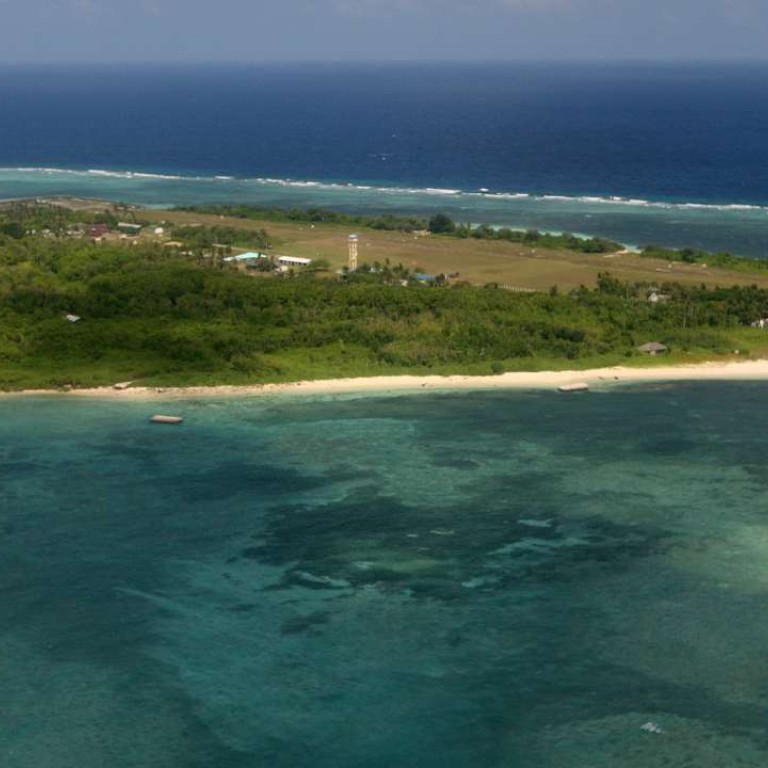
The South China Sea has been shared, never owned by one power
I refer to the article by former chief executive Tung Chee-hwa (“On South China Sea disputes, China stands on the side of history, logic and the law”, May 25).
Readers should welcome Mr Tung’s call for greater understanding of the different countries’ positions on the South China Sea and for a better understanding of its history.
However, there is more than one account of that history and, unfortunately, Mr Tung is only familiar with the Chinese version. As a result, his account contains a number of flawed assertions.
There is no archaeological evidence that the earliest users of the Spratly and Paracel islands owed any allegiance to any state around the coast of the South China Sea.
They were most likely semi-nomadic peoples, with cultures similar to the “sea gypsies” still found in parts of Southeast Asia today.
There is no archaeological evidence of any Chinese seafaring across the South China Sea until the 10th century. Even after this date, Chinese ships shared the sea with much greater numbers of Malay, Arab, Indian and, later, European vessels.
Mr Tung asserts that the Cairo Declaration of 1943 and the Potsdam Declaration of 1945 support China’s claim to the Spratly Islands. However, there is no mention of either the Spratlys or the Paracels in either document and their fate was deliberately left open by the allies at the end of the second world war.
There is no evidence of the Spratlys being incorporated into the administration of Guangdong province during the Qing dynasty.
The first evidence of any Chinese official landing on any of the Spratly Islands is not until December 12, 1946, on the island of Itu Aba/Taiping Dao. As I explained in an article in the South China Morning Post on February 9, 2013, China’s claimed southernmost “territory” – the Zengmu Ansha – doesn’t actually exist.
The way towards a peaceful resolution of the disputes in the region is to recognise that, throughout its history, the South China Sea has been a shared sea, never owned by any one power. That is how it should remain.
Bill Hayton, associate fellow, Chatham House, London;
author, The South China Sea: the struggle for power in Asia

